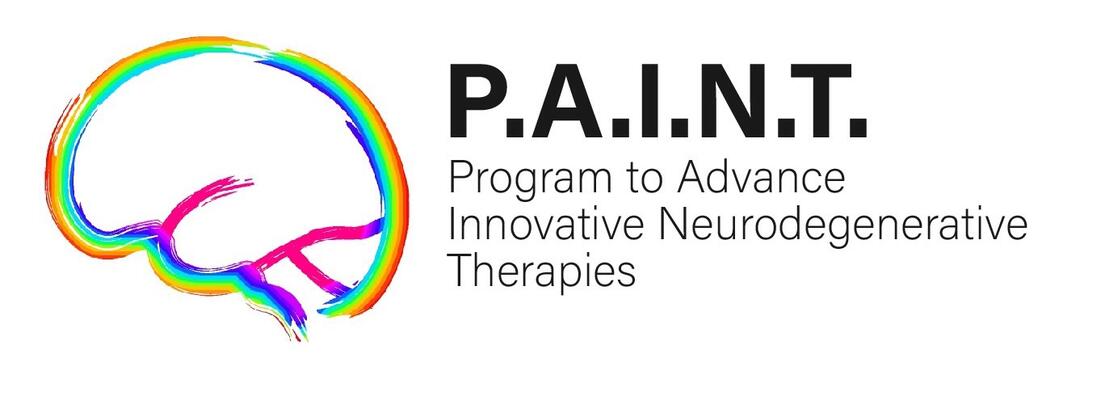Abstract
OBJECTIVE: To assess the clinical manifestations and predictors of different types of tremors in individuals with different types of isolated dystonia.
METHODS: Clinical manifestations of tremor were assessed in a multicenter, international cross-sectional, cohort study of 2,362 individuals with all types of isolated dystonia (focal, segmental, multifocal, and generalized) recruited through the Dystonia Coalition.
RESULTS: Methodical and standardized assessments of all participants in this cohort revealed the overall prevalence of any type of tremor was 53.3%. The prevalence of dystonic tremor varied from 36.9% to 48.4%, depending on criteria used to define it. To identify the factors associated with tremors in dystonia, the data were analyzed by generalized linear modeling and cluster analyses. Generalized linear modeling indicated 2 of the strongest factors associated with tremor included body region affected by dystonia and recruitment center. Tremor was also associated with severity of dystonia and duration of dystonia, but not with sex or race. The cluster analysis distinguished 8 subgroups within the whole cohort; defined largely by body region with dystonia, and secondarily by other clinical characteristics.
CONCLUSION: The large number of cases evaluated by an international team of movement disorder experts facilitated the dissection of several important factors that influence the apparent prevalence and phenomenology of tremor in dystonia. These results are valuable for understanding the many differences reported in prior studies, and for guiding future studies of the nosology of tremor and dystonia.
PubMed


